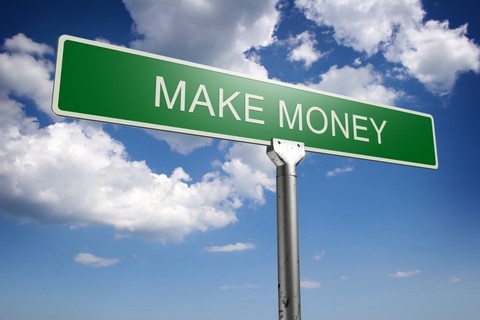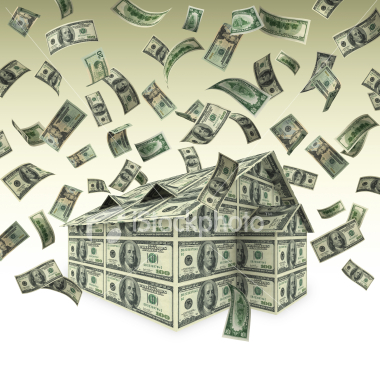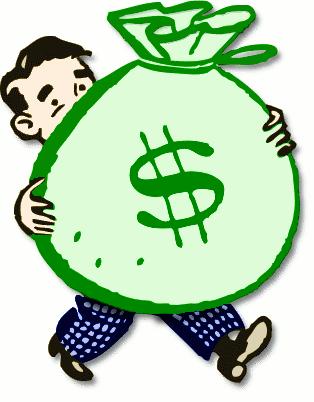 How To Make Money Blogging. More and more people are realising that blogging is one of the best ways to start your own online business. It requires minimal start up costs, you can build an impressive and loyal readership over time and once you know how to monetize your blog it can also bring in a decent income that will keep on coming even on the days when you don’t update your blog.
How To Make Money Blogging. More and more people are realising that blogging is one of the best ways to start your own online business. It requires minimal start up costs, you can build an impressive and loyal readership over time and once you know how to monetize your blog it can also bring in a decent income that will keep on coming even on the days when you don’t update your blog.There are several ways to set up a blog online. You could use WordPress, Blogger, or another free site that hosts your blog for you; or alternatively you can set up your own blog under your own domain name.
If you want to make serious money from blogging, you must have complete control over your blog – and that’s something the free blogging accounts won’t give you. You’ll be bound by their terms and conditions and that usually includes not being able to actively promote anything. There are plenty of people who have established a blog only to have it removed without notice some weeks or months later.
It will cost you a few dollars to buy your domain name and set up a web server that will host your blog, but the benefits will far outweigh the cost involved. It can literally be as little as $20 a year we’re talking about here – and that buys you total freedom.
Once you’re ready to set your blog up you’ll need to choose a good theme and layout for it. You might find one that relates to your choice of subject (more on that in a moment) or else there might be one you just like the look of. But there are thousands of templates available for you to use – a simple search on Google will reveal the ones that will be best suited to your topic.
But perhaps the most important question is what you are going to blog about. The whole world is your oyster here – some people blog about their lives in general; some blog about their jobs; some blog about their hobbies; some tell the world about their kids and what it’s like to be a parent, and still others blog about the weird world of celebrities. But whatever you choose to blog about it needs to be something you are passionate about. Don’t forget, you are going to be writing about this topic several times a week, and if you don’t have the enthusiasm for it, that will show in your posts – and no one else will have the enthusiasm to read them.
Okay – so you’ve got your subject. Now you have to start writing your blog posts. If you take a look at just a few of the blogs already online, you’ll notice that the length of the posts varies a lot. Some people only write a paragraph or two each time, but you’ll get better results if you go for something a little longer than this. Around 400 to 500 words makes for a good post with a lot of information in it; some people write hugely long posts that are thousands of words long and could be called an e-book by another name.
But you can also take the format of this blog, by posting a short blog entry which leads into a longer article. This has the benefit of highlighting a lot of blog posts on the home page of the site, and people can then click through and read the ones they like the most.
You should remember however that there are no real rules when it comes to blogging. Over time you will naturally find what works for you, and your blog will settle down into a nice pattern that both you and your readers will enjoy. You’ll find your character and personality will start to come through in your writing too; don’t fight against this as it is one of the hallmarks of blogging. It is, after all, a personal account of an individual’s life and experiences, so show people what you’re made of! You’ll get a more loyal – and bigger – audience like this.
So you’ve got your blog up and running and you’re posting to it on a regular basis. The next step is to get it in front of as many interested eyeballs as possible.
One great way to do this is to submit it to as many of the social bookmarking sites as possible. You can also join social networking sites and build a profile which contains a link to your blog. Other no cost ways to generate traffic include writing free articles for article directories with a link to your blog at the end, and creating signatures at the end of any posts you make to internet forums, and also in all the emails you send out. When you really start thinking about it, you don’t actually need to spend anything to generate plenty of traffic.
All we need to do now is monetize the blog itself. You’ll want to generate some money from all the visitors you’ll start getting, and there are plenty of ways to do this easily. Google Adsense is probably the most well known method – you can join the program for free and display contextual ads that your visitors will be interested in to maximise your click through rate.
There are also a handful of websites which give you the opportunity to get paid for each blog post you make on a specific subject. Pay Per Post and Review Me are two such examples, and they will pay you a certain amount of money to review a product or website for the owner. In a similar vein you can also review and recommend other people’s products through affiliate links inserted into your blog posts, and earn money on commissions earned through any purchases people make.
And once you’re more established you can offer ad space on your blog too, and charge a fee for both classified and display ads if you wish. What could be better than setting your own price?
But there is one final step you can take with your blog if you enjoy a change of scene every now and again. You can sell your blog! Once it is established and has plenty of revenue and traffic, you can usually sell it for ten times its monthly revenue.
And then, you can start all over again with a whole new subject!
So that’s it – profitable blogging in a nutshell. If you have any questions feel free to leave your comments in the form below. And once you’ve done that, get out there and get started building your first blog today.
(http://www.101waystomakemoney.com)
Money
Functions of Money
Types of Money
Money Supply
Money Laundering
Forex Trading





 07:44
07:44












